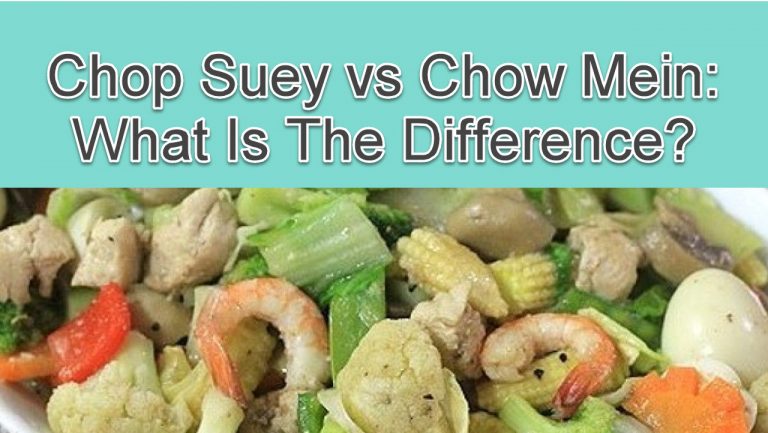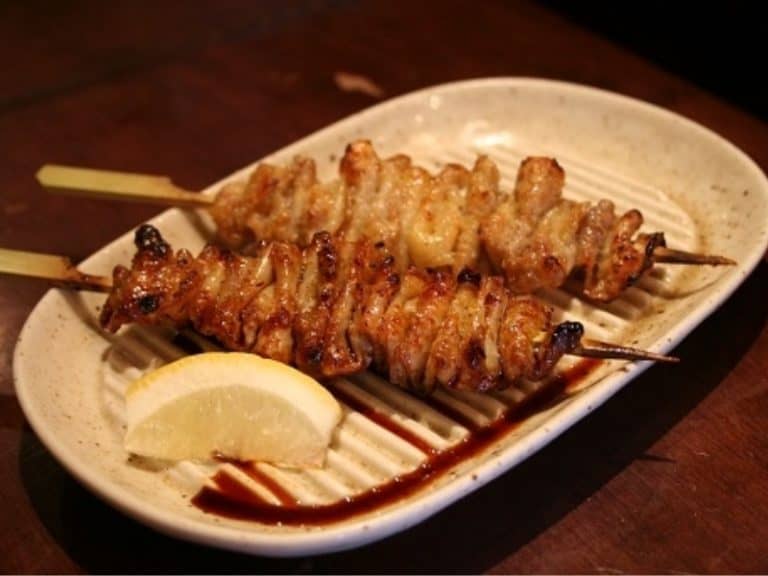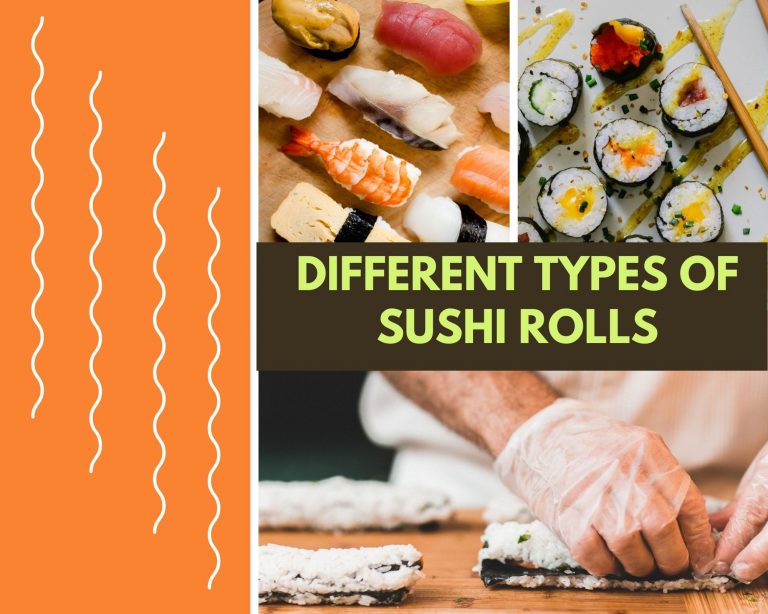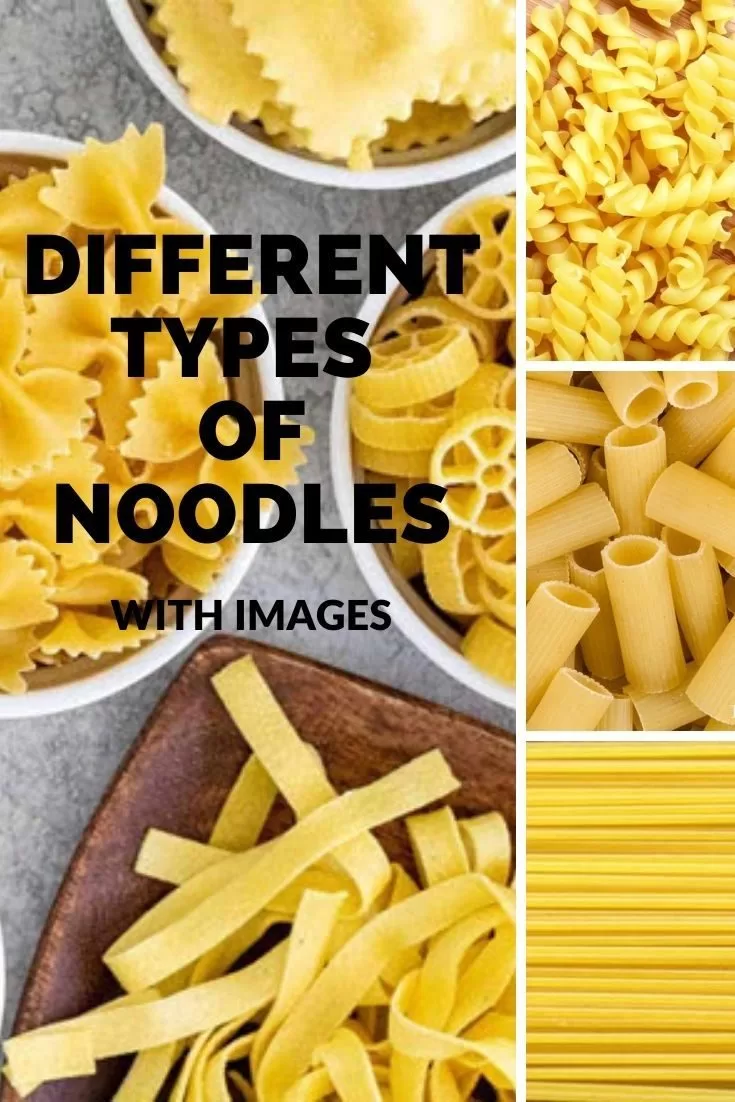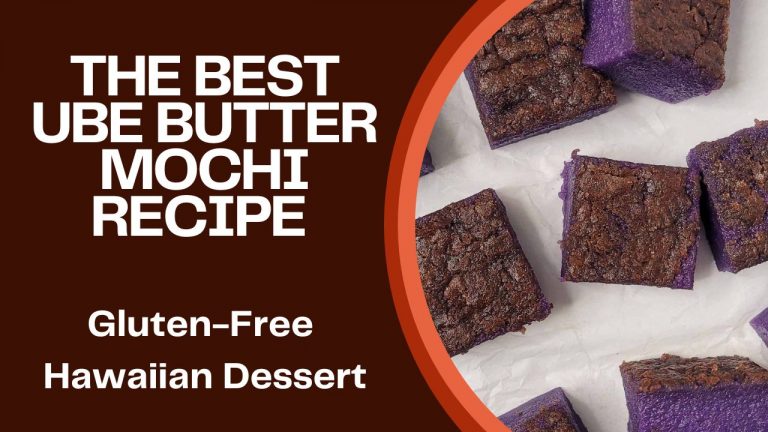Ramen vs Pho: What Is The Difference?
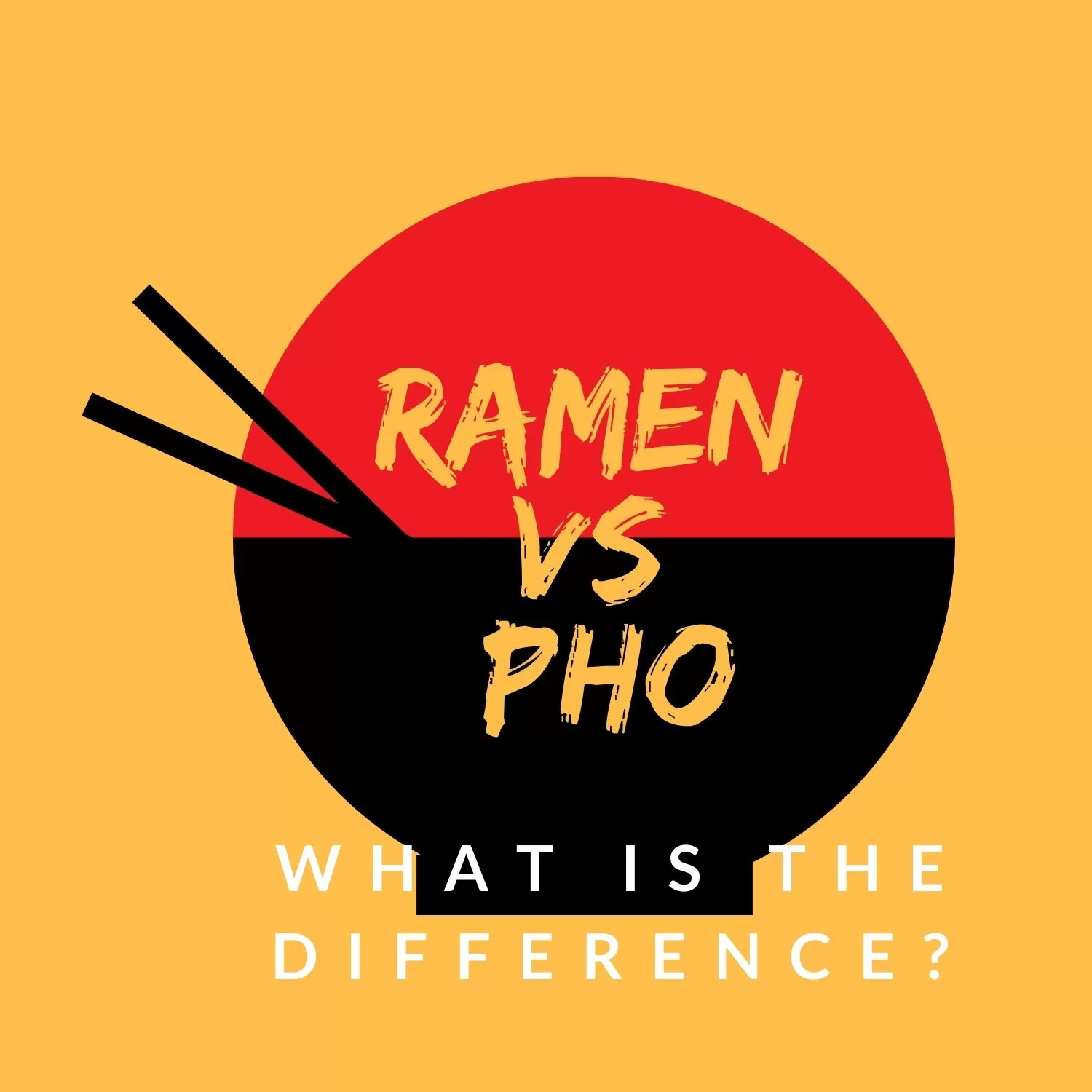
Ramen and pho are both noodles with meat broth. These popular soup dishes typically contain vegetables, and they both come from Asia. But even with these mentioned similarities, these two still have major differences that you might want to know. In this article, we will talk about Ramen vs pho.
The major differences between ramen and pho are the history, ingredients, how they are ordered, and their popular varieties. But before we will discuss each one of them, we will first get to know what pho and ramen are.
What is the difference between Ramen vs Pho
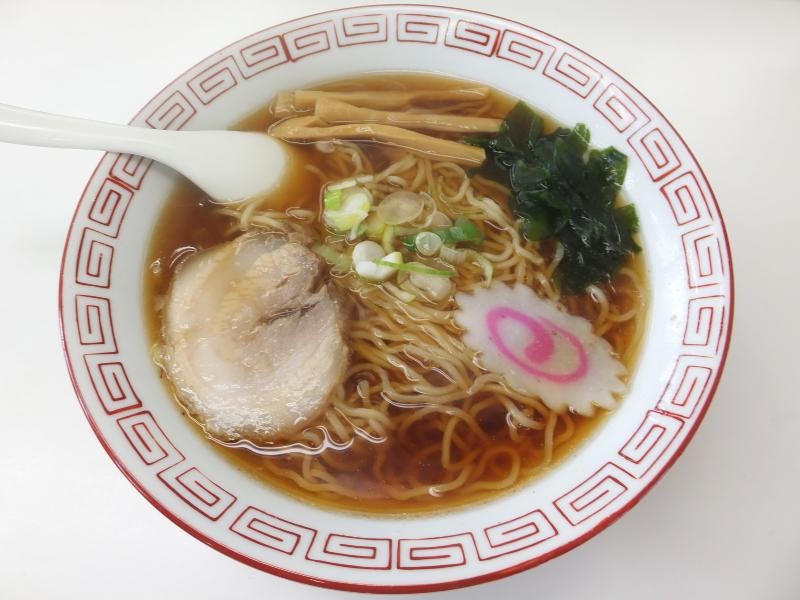
What Is Ramen?
Ramen is a noodle soup native to Japan, but originally imported from China. This noodle soup dish is made of Chinese-style wheat noodles usually served in a fish or meat-based broth. It is usually flavored with miso or soy sauce with sliced pork, nori, scallions, and menma as toppings.
Ramen is an ideal option for travellers who are on a tight budget because it is expensive and is universally available.
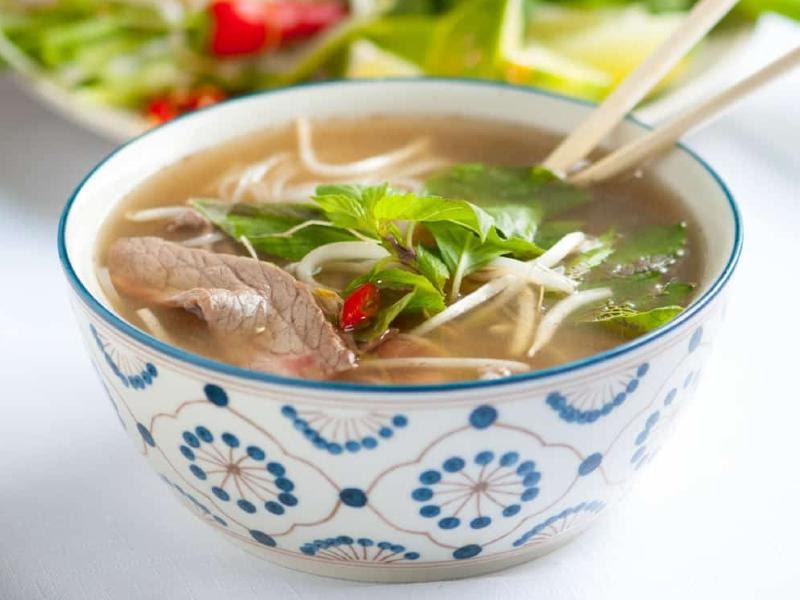
What Is Pho?
Pho is a Vietnamese soup dish that consists of rice noodles, broth, fresh herbs, meat, and/or chicken. This is one of the most popular foods in Vietnam which is often served in street stalls, Pho restaurants, and households. Pho is also considered as the national dish of Vietnam.
This Vietnamese street food is flavorful, delicious, and can be personalized according to your taste.
Now that we have a brief overview about pho and ramen, let us tackle its major differences so we know what to expect when ordering these famous soup dishes.
Pho And Ramen: Major Differences
As mentioned earlier, Pho and Ramen have major differences. They differ in terms of their history, ingredients being used, the way they are ordered and served, and their popular varieties.
HISTORY
These two soup dishes were developed individually and were heavily dominated by the culture and country they originated.
Pho
Between 1900 and 1907, modern pho was created in northern Vietnam.
Because of the demand from the French colonists during the French colonial Administration, beef had become easier to obtain. And during the same time, Chinese immigrants from Guangdong and Yunnan introduced rice noodles. Thus, pho was created.
This soup dish was originally made for less fortunate Chinese and Vietnamese farmers which were sold by roaming vendors on the street at dawn.
After a period of time, Pho spread nationwide and became dominant in Vietnam.
Right after the Vietnam War, Vietnamese refugees fled to different countries. Thus, spreading Vietnam’s cultural and culinary influence all over the world. Since then, many restaurants exclusively serving pho have emerged everywhere in the West. And in the 1980s, the very first pho restaurants opened in the United States.
Pho has become the famous breakfast in Vietnam and even extended its popularity in the U.S. This soup dish is already available in almost all college campuses and major cities in the U.S.
Ramen
Though there is no exact information about when and how ramen was invented, it is believed that ramen also came from the domination of Chinese immigrants. Most of these Chinese people operated noodle stalls everywhere in Japan. They usually sell ramen and dumplings to workers. It is also believed that the term “ramen” came from lamian, a Chinese noodle dish.
When Momofuku Ando invented instant ramen in the late 1950s, everything about ramen changed. The new invention gives everyone the chance to make their own ramen by simply adding hot water. Instant ramen has then become a trend and rapidly spread out all over the world.
In the 1980s, ramen became the cultural icon of Japan and was made available in different varieties which were sold everywhere in the country. Though instant ramen became popular in most parts of the world, Japan still patronized their traditional ramen that uses fresh noodles, vegetables, and meat.
As of today, ramen is still among the most famous foods in Japan. In fact, the country is almost covered in ramen restaurants in which some of them are awarded Michelin stars due to their high standards. Aside from being a tasty and healthy meal, it is also budget-friendly. Hence, ramen restaurants are increasing in the West.
INGREDIENTS OF PHO AND RAMEN
The tastes of these famous soup dishes are very much distinct from each other because the respective soup dish uses different ingredients. Pho has a lighter and fresher taste because it uses fewer ingredients while ramen is flavorful, thicker, and heavier broth. Let’s see what these Chinese dishes and Japanese cuisine are made of.
Pho
Pho is made with beef or chicken broth, but beef broth is more common. Rice noodles is pho’s main ingredient which are made from rice flour and water. Pho noodles are clean and very light. Charred onion, ginger, cardamom, cinnamon, fennel seed and clove are the other ingredients pho soup is made of. Traditional pho is often served with thinly sliced beef, but you can also choose different cuts between pork and beef.
Pho soup is best served with herbs and sprouts and added toppings like fresh chili, lime juice, or cilantro. Depending on your taste and preference, you can add fish sauce, chili oil, and hoisin sauce for flavor enhancement.
Ramen
Ramen has a very savory broth. To reiterate, ramen broths are thicker broth in which flavor are likely stronger than pho. Ramen soup can be made from pork or chicken, added with different ingredients like kelp, dried sardines, pork bones, and green onion.
To enhance its flavor, just add soy sauce, salt or miso to its soup base. Ramen broth has three main types, the shio (salt based), miso (flavored with paste and is usually served in northern Japan, and shou (soy-sauce based).
Ramen noodles are usually made from wheat flour and include a particular ingredient named kansui. It is a type of alkaline mineral water that keeps the firm texture of the noodles after being in the water for a span of time.
The ramen noodles can be thick, thin, wavy, or straight. Ramen noodles can also be classified by their water content. Low water content creates thin and firm noodles while high water content creates thick and soft noodles.
Unlike with Pho soup dishes, the meat in ramen noodle dishes is fattier and sliced thicker. But still, you can always choose the meat (either beef or pork) to include in your ramen noodles.
In terms of personalization, ramen is more customizable than pho. You can opt to add ramen toppings like roast pork, chopped green onions, boiled eggs, nori seaweed, corn, and bean sprouts into your ramen.
HOW TO ORDER AND SERVE PHO AND RAMEN
After learning about the creation of pho and ramen, you might want to know how much these soup dishes cost and where these amazing soup dishes are available.
Pho
Pho is available almost everywhere in Vietnam. You can find this dish in the street stalls, restaurants, and high-ends hotels. Though pho is traditionally eaten during breakfast, phone can be sold any time of the day.
Pho price may vary depending on the restaurants you are dining with, but typically the cost is between 1 to 1.90 US dollar per bowl (roughly 20-40K Vietnamese Dong).
When ordering a bowl of pho in a restaurant, you can choose the type of broth for you pho soup. You can either have chicken or beef broth. Then you can select the type of meat to add in your soup. For Westerners, the sliced meat can be round steak (tai), meatballs (bo vien), or brisket (chin). Other cuts available are fatty brisket (gau), tendon (gan), tripe (sach), and flank (nam).
A bowl of pho is served with a plate of vegetables to garnish your soup according to your preference. A tray of seasoning and sauces will also be provided to enhance and spice up your soup’s taste. In most restaurants, they provide black pepper, chili sauce, black bean sauce, chillies, and lime.
Ramen
When you visit Japan, you can right away know which place offers ramen because of the ramen dishes pictures being posted in the facade of the establishment. In fact, there is a ramen street in Tokyo that is composed of eight different ramen restaurants.
Nonetheless, ramen is available at many restaurants and stalls all over Japan. Ramen shops in the country have attracted both locals and tourists where customers need to wait for almost 2 hours and be in very long lines just to get their delectable bowl of ramen.
Compared to pho, a bowl of ramen is more expensive which may cost $4.50 to $9.00 US dollars (500-1000 yen). And if you want your ramen to be more flavorful, then you need to spend more for the additional ingredients.
In most ramen stalls in Japan, a ticketing machine is used to collect upfront payment so customers won’t be shocked by the amount the ramen cost after eating.
Ramen dishes come in different options. If you order “ramen” in the ramen stall, you will be given plain ramen with original toppings such as mushroom, green onion, and pork.
You can also order aji-tama ramen that includes boiled egg, cha-shu-men that comes with an extra slice of pork, kikurage-ramen that has mushrooms, and negi-ramen that has additional green onion.
Ramen noodles come in different shapes and sizes, just like pho. For ramen with regular firmness, you can order futsu. For those who love firm noodles in their ramen, ask for katame. While those who like tender noodles can order yawarakame.
You also have the option to customize your broth. For thin broth, ask for usume, futsu for regular, and koime for thick broth. If you want ramen with little oil, ask for sukuname, futsu for regular, while ome is for oily broth.
DIFFERENT VARIETIES OF PHO DISH
Northern pho, or pho that is native to Northern Vietnam, has a tangy broth. It often depends on finishing touches such as green onions, chili sauce, garlic, and coriander for a balanced flavor.
Pho from Hanoi, North Vietnam offers a style of phone that features a savory, clear broth, broad noodles, and some extra garnishes. Green onion, fish sauce, and chili sauce can also be added.
Meanwhile, southern pho has a lighter taste and utilizes garnishes such as bean sprouts, some lime, and a piece of freshly sliced chili.
Southern Vietnamese pho has been served in Saigon that uses thinner noodles with a sweeter broth. Additional ingredients are also added, such as the basil, coriander, and bean sprouts.
To add extra flavor, spiciness, and freshness to your pho, you can add condiments like chili and hoisin sauce, and squeeze a fresh lime, and some cut of chilis.
Pho soup is distinguishable through the meat it contains.
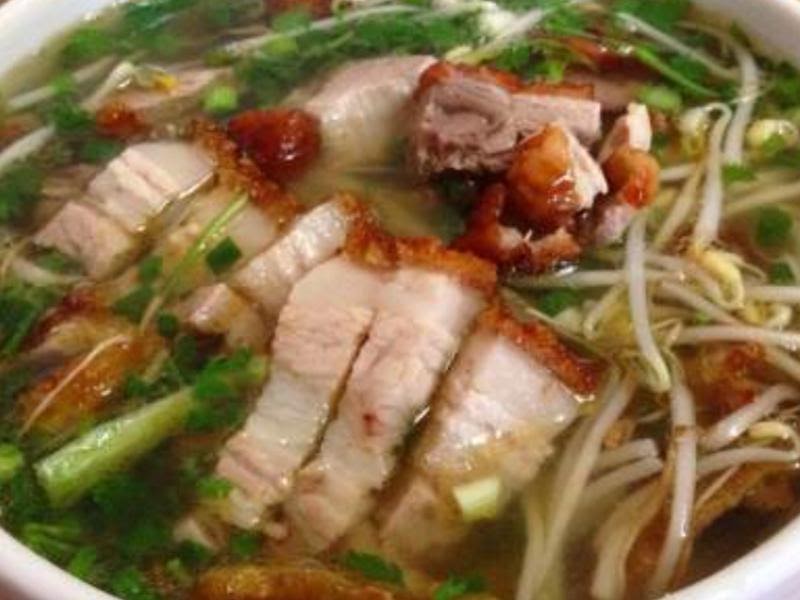
Pho Heo
If you add pork to you pho soup, this gives you a pho heo dish.
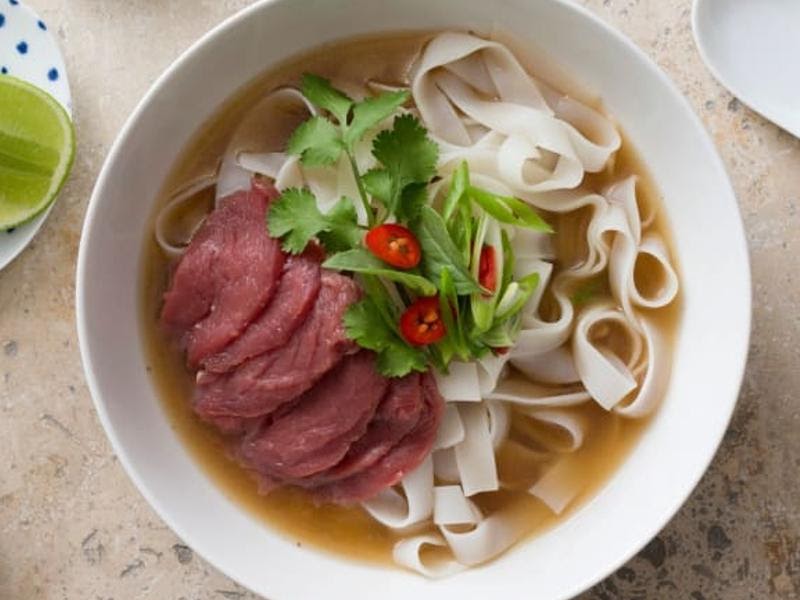
Pho Bo
If you add beef to your ramen, this gives you a pho bo soup.
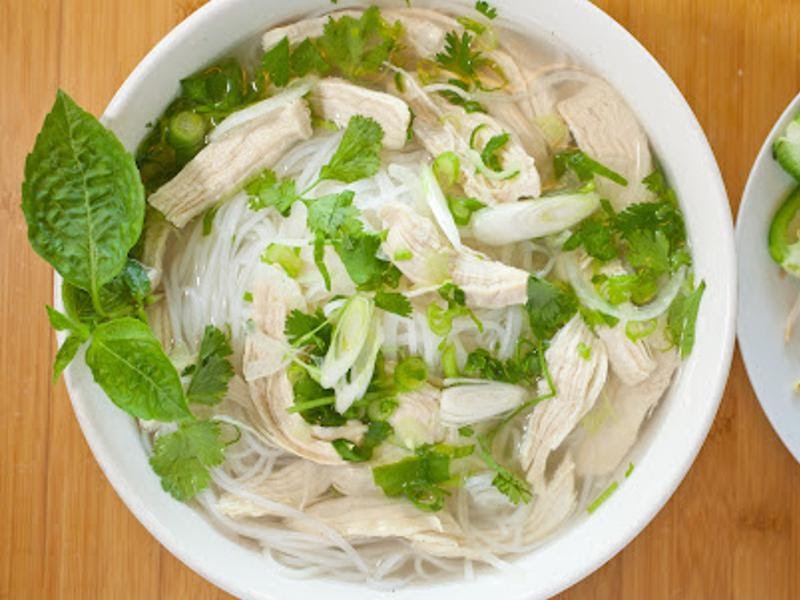
Pho Ca
While adding a fish gives you a pho ca soup.
Different Varieties of Ramen Dish
Ramen dishes can be domestic and Chinese. The two differ in terms of soup base and the kind of meat each type contains.
Here are the common types of Ramen:
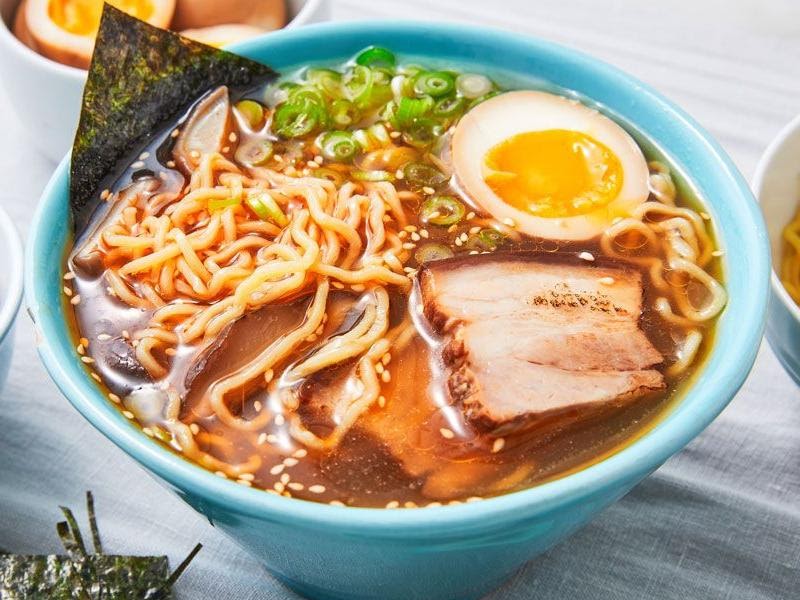
Shoyu Ramen
Shoyu ramen, also called the “soy sauce” ramen, is a dish that uses springy and curly noodles, and has a rich soy sauce base. Extra garnishes include thinly sliced pork, green onions, a soft-boiled egg, scallions, and fish cakes.
Its broth is usually clear or brown. This is also the most familiar ramen found in Tokyo.

Tonkotsu Ramen
Tonkotsu Ramen is a type of ramen that contains thick and flavorful pork bone broth. It also uses wheat noodles, braised pork belly, fresh spring onions, kombu, sesame seeds, and a small amount of chili bean paste.
Other popular types of ramen include:
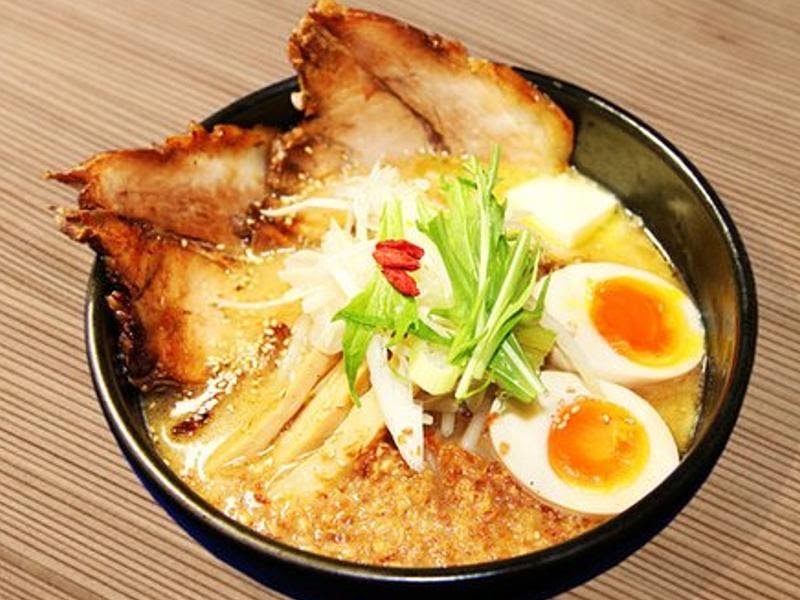
Sapporo Ramen
Sapporo ramen is a hearty Japanese noodle soup with a miso-based paste. This paste is made from fermented soybeans and fresh noodles, known as chukamen. This type of ramen is named after Hokkaido city where it first became popular. Sapporo is also known as miso ramen.
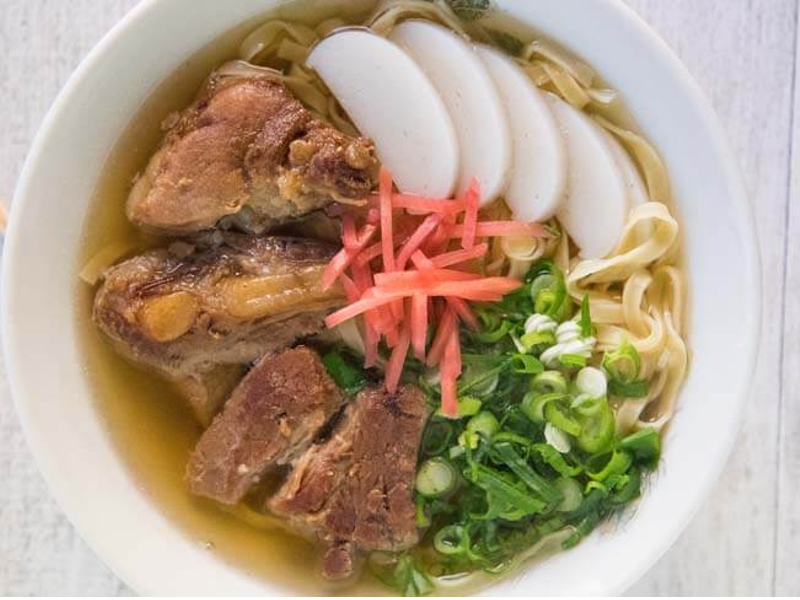
Soki Soba Ramen
Soki Soba Ramen is a ramen that has broth and toppings made from pork ribs. It is a simple dish that uses ramen noodles. Its broth is somewhat lighter compared to regular ramen broth.
Its main ingredients are wheat flour (noodles), broth, pork, katsuobushi flakes, and konbu.
So, that covers everything about the difference between pho and ramen. Hope this article gives you a good idea about these two soup dishes. If you think this information is relevant, feel free to share this post. Thanks for reading!
